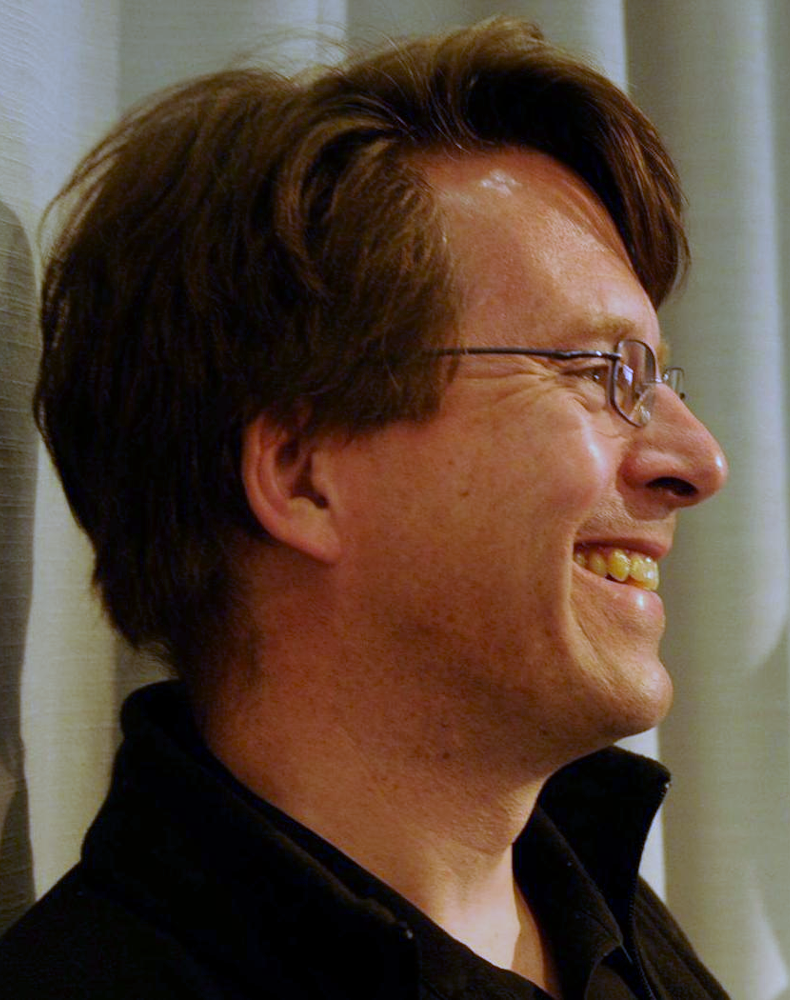
Dr. Andrew Rutenberg
Dalhousie UniversityEmail: Andrew.Rutenberg@Dal.Ca
Speaker webpage: fizz.phys.dal.ca/~adr/
 |
Dr. Andrew RutenbergDalhousie UniversityEmail: Andrew.Rutenberg@Dal.Ca Speaker webpage: fizz.phys.dal.ca/~adr/ |
Most of medicine is dedicated to fixing this system as it breaks. Despite this, after the age of 30 your chance of dying in a given year doubles every 8 years – while the proportion of things wrong with you doubles every 15. How can we understand this? How can we do better? I study the physics of aging, which is to say my group develops quantitative methods and models to better characterize, understand, predict, and (ultimately) improve organismal aging, health, and mortality. We work with human, mouse and worm data. Our tools include complex networks, stochastic simulation, and information theory. I’ll speak about what we’re learning from generic network models (the `Ising model’ of aging), how humans differ from mice, why worms provide the best data, and what we can learn from Machine Learning approaches. I will also discuss what we don’t know yet (and why), including why the oldest living person is only 117 and why women live longer than men.
Andrew Rutenberg is the AC Fales Professor of Theoretical Physics at Dalhousie University. He researches soft-matter and statistical physics of biological systems with collaborative, data-driven approaches using computational techniques. He attended KCVI high school in Kingston Ontario where he learned Basic on a TRS-80 and Fortran with punch cards. For his undergraduate, he specialized in Math and Physics at the University of Toronto. He obtained a PhD from Princeton University under the supervision of David Huse, where he used to reboot John Nash’s prime number searches to get computer time for his thesis on models of Kagomé antiferromagnets. For a postdoc, he worked on the phase-ordering dynamics of systems with topological defects with Alan Bray at the University of Manchester, and then non-equilibrium statistical physics at Oxford University where he helped to carry Stephen Hawking’s wheelchair up some cathedral steps. He returned to Canada and switched into biological physics at McGill University with Martin Grant before joining Dalhousie in 2000. Initially he worked in bacterial biophysics, including subcellular oscillations, and how bacteria import and export proteins. Since 2015 he has been working at animal scales, including soft-matter models of collagen fibrils with Laurent Kreplak, organismal aging with Ken Rockwood, and single-file diffusion within microtubules. He is currently chair of the ACENET HPC users group, runs his departmental mentoring programme, and maintains the www.qbio.ca portal. He is an amateur choral singer, and (pre-Covid) was singing in two or three concerts every year. He bakes bread, makes yoghurt, and otherwise tries to be well cultured.